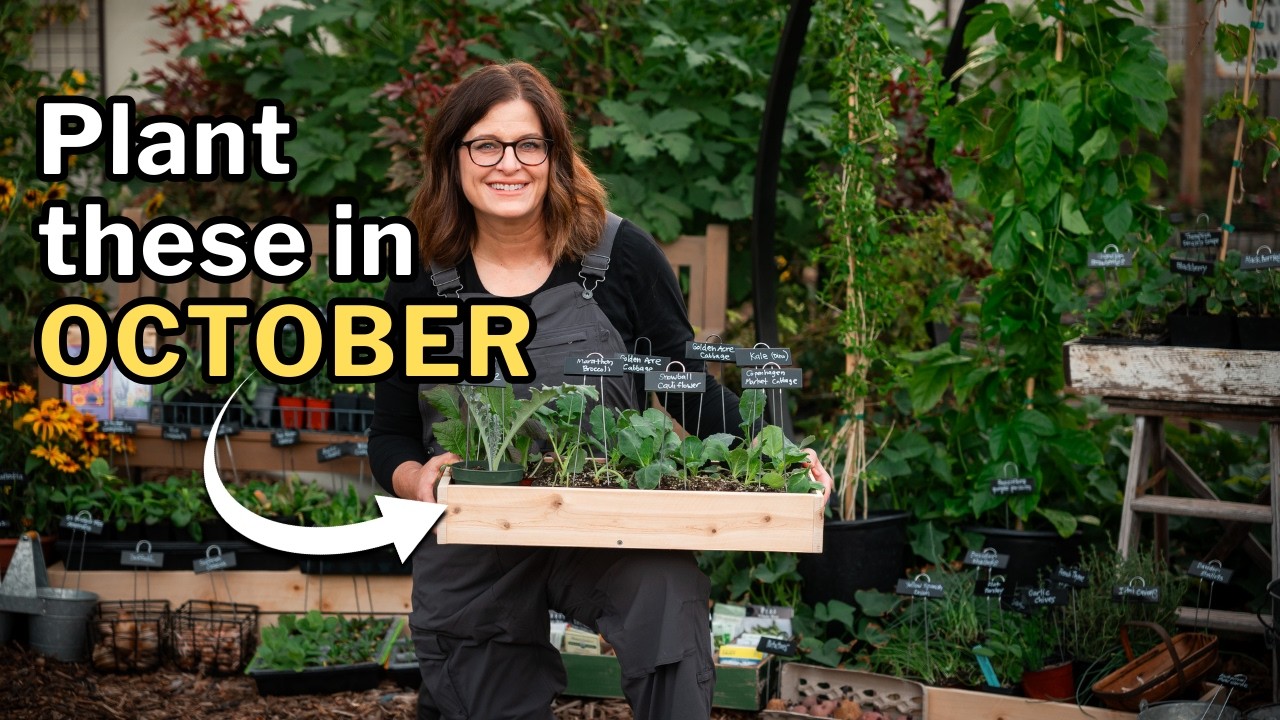How to Grow Snake Plant Successfully Indoors
“`html
How to Grow Snake Plant Successfully Indoors
The snake plant, also known as Sansevieria or mother-in-law’s tongue, is one of the easiest and most forgiving houseplants to grow indoors. Its popularity is not just due to its appealing aesthetic; this hardy plant is also known for its air-purifying qualities, making it a perfect addition to any home. If you’re looking to enhance your indoor space with lush greenery while ensuring low-maintenance care, growing a snake plant is the ideal choice. In this article, we’ll explore the best practices for successfully growing snake plants indoors, covering essential topics such as light requirements, watering techniques, potting, propagation methods, and common issues that may arise during your plant-care journey. By equipping yourself with this knowledge, you will pave the way for a thriving snake plant that can enrich your living environment and boost your well-being.

Understanding the Ideal Environment for Your Snake Plant
Light Requirements
One of the primary considerations for successfully growing a snake plant indoors is understanding its light requirements. Snake plants are highly adaptable and can thrive in varying light conditions, from low light to bright, indirect sunlight. However, they prefer moderate light levels. Placing your snake plant near a window with filtered light can help it grow vigorously.
Temperature and Humidity Levels
In addition to light, temperature and humidity play a crucial role in the healthy growth of snake plants. They thrive in temperatures between 60°F and 80°F (15°C to 27°C). Snake plants are exceptionally resilient and can tolerate occasional temperature drops, but sustained exposure to below 50°F (10°C) can harm the plant. Regarding humidity, snake plants prefer lower humidity levels, around 30% to 50%. They can adapt to a range of conditions, so they fit well in most indoor environments.
Proper Watering Techniques for Snake Plants
Understanding Water Requirements
Watering is one of the most critical aspects of taking care of snake plants. These plants store water in their thick, fleshy leaves, which makes them drought-tolerant. Overwatering is a common error among new plant owners, leading to root rot and other issues. It’s essential to allow the top inch or two of soil to dry out between waterings. In general, watering every two to six weeks depending on the season is advisable.
Signs of Overwatering and Underwatering
Recognizing the signs of overwatering and underwatering is vital for maintaining a healthy snake plant. If the leaves begin to yellow and become mushy, it likely indicates overwatering. Conversely, if the leaves turn crispy or begin to wrinkle, your plant may be suffering from underwatering. Adjusting your watering schedule based on your plant’s needs and environmental conditions will promote robust growth.
Choosing the Right Potting Mix and Container
Pottings Mix Recommendations
The right potting mix is essential for the successful growth of snake plants. They flourish in well-draining soil as they are susceptible to root rot. A mixture of potting soil, sand, and perlite or pumice provides excellent drainage while retaining some moisture. A cactus or succulent mix can also be suitable for growing snake plants.
Choosing the Ideal Container
When selecting a container for your snake plant, ensure it has drainage holes to prevent excess water from accumulating at the bottom. Terracotta pots are an excellent option as they absorb moisture, helping to regulate moisture levels. Additionally, the size of the pot should be appropriate; select a pot that is only slightly larger than the plant’s root ball to encourage healthy root growth.
Propagation Methods for Snake Plants
Leaf Cuttings
Propagating snake plants can be a rewarding experience, and there are several effective methods to do so. One common method is using leaf cuttings. Cut a healthy leaf from the parent plant, allowing it to callous over for a day or two before placing it in well-draining soil. Water the soil lightly and ensure it gets indirect sunlight while the cutting roots.
Offsets Division
Another popular method of propagation is through offsets or pups. These are small plantlets that grow from the base of the parent plant. Gently remove the offsets, ensuring you get some roots attached, and repot them in their containers. This method ensures a higher success rate compared to leaf cuttings.
Common Issues and Solutions for Snake Plant Care
Pest Problems
Although snake plants are relatively resistant to pests, they can still attract mealybugs, spider mites, and aphids. Regularly inspecting your plant for signs of pest infestations is vital. If you notice pests, treat them with insecticidal soap or neem oil and isolate the affected plant to prevent them from spreading to other plants.

Environmental Issues
Environmental factors such as poor lighting, inconsistent watering, and extreme temperatures can lead to problems. Keeping a close eye on your snake plant’s condition is crucial. Adjusting its placement, modifying your watering habits, and monitoring temperature and humidity levels can resolve most issues quickly, ensuring your plant remains healthy and resilient.
Summary and FAQs about Growing Snake Plants Indoors
In summary, growing a snake plant successfully indoors involves understanding its environmental needs, implementing proper watering techniques, choosing the right potting mix, and mastering propagation methods. Observing your plant for signs of distress or pests and being proactive ensures it flourishes in your indoor space.
FAQ
How often should I water my snake plant?
Water your snake plant every two to six weeks, allowing the top inch or two of soil to dry out before the next watering.
Can snake plants survive in low light?
Yes, snake plants can survive in low light but thrive best in moderate, indirect sunlight.
What kind of potting mix is best for snake plants?
A well-draining potting mix, such as a combination of potting soil, sand, and perlite, is ideal for snake plants.
How do I recognize overwatering in my snake plant?
Signs of overwatering include yellowing leaves and mushy texture. Ensure you let the soil dry out between waterings.
Can I propagate my snake plant in water?
Yes, snake plants can be propagated in water. However, it’s recommended to use the soil method for better success.
“`